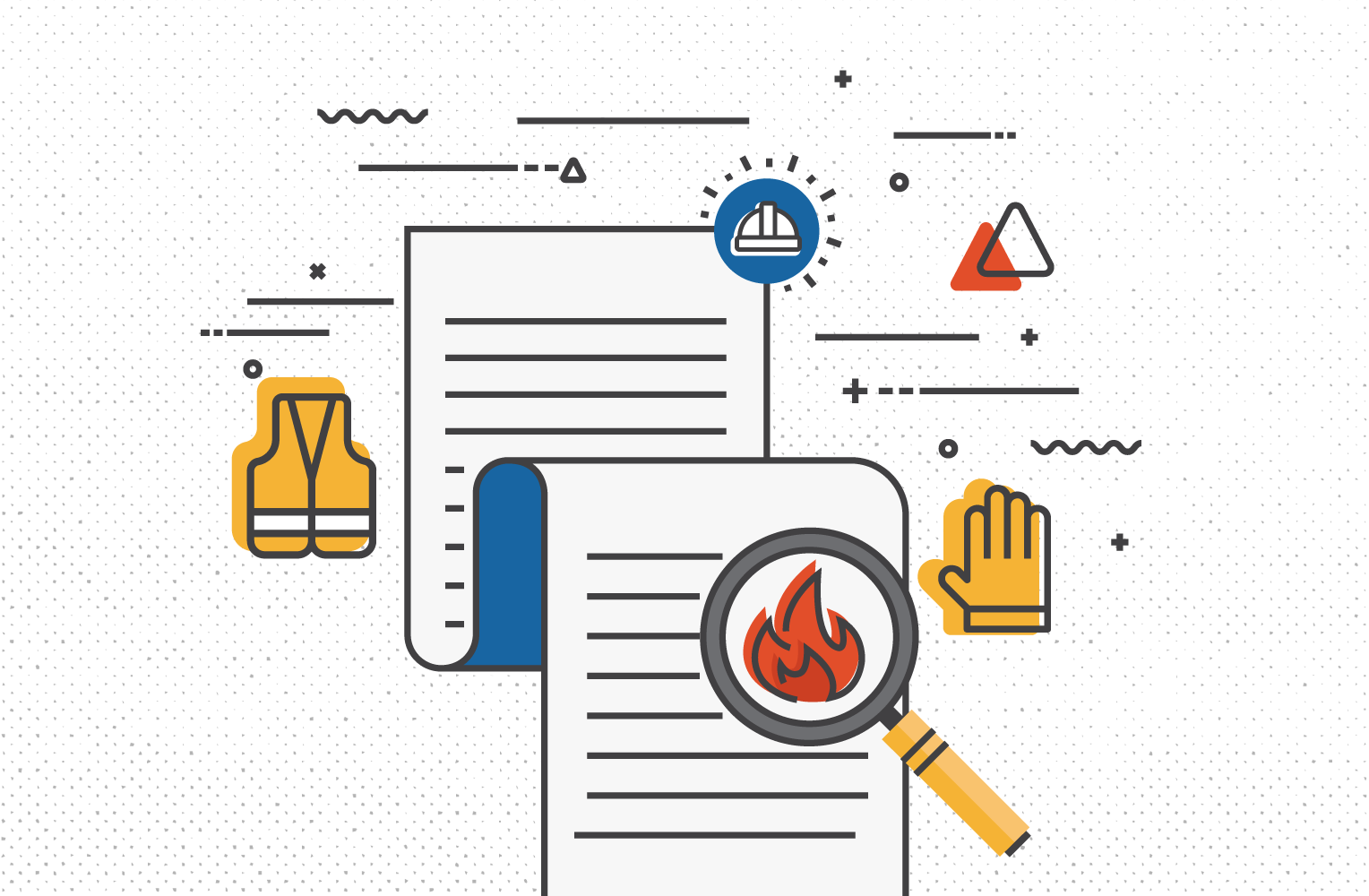What is OSHA 1910.269?
Clothing Requirements Summary: Standards for electric power generation, transmission and distribution
Among other areas, this standard implements significant changes to utilities requirements for protecting workers from electric arcs and using flame-resistant clothing. The following information comes directly from preamble and other OSHA guidelines.
Is flame-resistant clothing required to be worn by employees?
The employer shall ensure that the outer layer of clothing worn by an employee, except for certain head, hands and feet items, is flame resistant under any of the following conditions:
- The employee is exposed to contact with energized circuit parts operating
more than 600 volts, - An electric arc could ignite flammable material in the work area that, in turn,
could ignite the employee’s clothing, - Molten metal or electric arcs from faulted conductors in the work area could
ignite the employee’s clothing or, - The incident heat energy estimate exceeds 2.0 Cal/cm2. (page 1469)
Are employees required to wear flame-resistant pants as part of the revised standard?
The employer shall ensure that each employee exposed to hazards from electric arc wears protective clothing and other protective equipment with arc rating greater than or equal to the heat energy estimate whenever that estimate
exceeds 2.0 Cal/cm2. This protective equipment shall cover the employee’s entire body, except for certain exemptions for hands, feet, and head protection.
Is flame-resistant clothing required by this standard considered PPE (Personal Protective Equipment)?
OSHA believes that it is reasonable and appropriate to treat flame-resistant and arc-rated clothing required under final paragraph (g) as PPE.
Flame-resistant will be PPE, is an allowance for flame-resistant clothing program acceptable under final rule?
Yes, OSHA makes several statements indicating support of an allowance-based flame-resistant program. For instance, OSHA indicates in the costs for providing Arc-Flash Equipment section that “the record indicates that annual employee stipends to cover all flame-resistant clothing …” OSHA acknowledges considerable flexibility in the approaches employees can use to satisfy PPE requirements. While it is true that most employers pay for most PPE, most of the time the practices for providing PPE are quite diverse. Many employers pay for some items and not for others, either as a matter of collective bargaining or long standing tradition. In some cases, costs are shared between employees and employers.
What is ASTM 1506?
The American Society for Testing and Materials (ASTM) developed F1506, the Standard Performance Specification for Flame-Resistant Textile Material for Wearing Apparel for Use by Electrical Workers Exposed to Momentary Electric Arc and Related Thermal Hazards.
This is a pass/fail standard that requires a sample of flame-resistant fabric to self extinguish with a < 2 second afterflame and a < 6˝char length. The flame-resistant fabric must also stand up to these requirements after 25 washes/dry cleanings.
What is NFPA 70E?
This standard for general industry mandates that employers conduct a hazard risk assessment to determine the potential arc exposure for employees who work on or near energized parts or equipment. The level of arc exposure is referred to as the Arc-Thermal Performance Value (ATPV) and is measured in calories/cm2 (often called a cal rating). Requires employees to wear flame-resistant clothing with an ATPV, or cal rating, equal to or greater than the determined arc hazard.
What is NESC?
This standard specifies that electric utilities employers conduct a hazard risk assessment to determine the potential arc exposure for employees who work on or near energized parts or equipment. It also requires employees to wear flame-resistant clothing with an ATPV, or cal rating, equal to or greater than the determined arc hazard.
January 1, 2009, the updated code requirement states that if the assessment determines a potential employee exposure greater than 2 Cal/cm2, the employer will be required to provide clothing/clothing systems that have an effective arc rating not less than the anticipated exposure.
What is NFPA 2112?
This standard for oil & petro-chemical industries states the minimum requirements for work-wear worn for protection against unplanned exposure to hydrocarbon flash fire.
Flash Fire: A rapidly moving flame front which can be a combustion explosion. Flash fire may occur in an environment where fuel and air become mixed in adequate concentrations to combust and where all sources of ignition have not been controlled. Hydrocarbon flash fire has a heat flux of approximately 84 kW/m2 for short periods of time, typically three seconds. In the oil, gas, chemical and petro-chemical industries the threat of flash fire exposures has necessitated the use of flame-resistant clothing. Flame-resistant clothing will minimize the burn injury and provide the worker a few seconds to escape.
What is NFPA 2113?
These recommended practices for oil & petro-chemical industries provide guidance for the selection, use, maintenance, retirement, and understanding of the limitations of work-wear for protection against unplanned exposure to hydrocarbon flash fire by wearers, employers, and others involved in programs requiring such protective work-wear.

